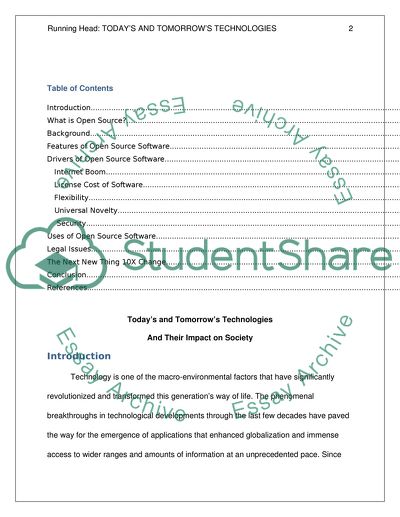Cite this document
(Todays and Tomorrows Technologies Research Paper, n.d.)
Todays and Tomorrows Technologies Research Paper. Retrieved from https://studentshare.org/technology/1764765-todays-and-tomorrows-technologies
Todays and Tomorrows Technologies Research Paper. Retrieved from https://studentshare.org/technology/1764765-todays-and-tomorrows-technologies
(Todays and Tomorrows Technologies Research Paper)
Todays and Tomorrows Technologies Research Paper. https://studentshare.org/technology/1764765-todays-and-tomorrows-technologies.
Todays and Tomorrows Technologies Research Paper. https://studentshare.org/technology/1764765-todays-and-tomorrows-technologies.
“Todays and Tomorrows Technologies Research Paper”, n.d. https://studentshare.org/technology/1764765-todays-and-tomorrows-technologies.


